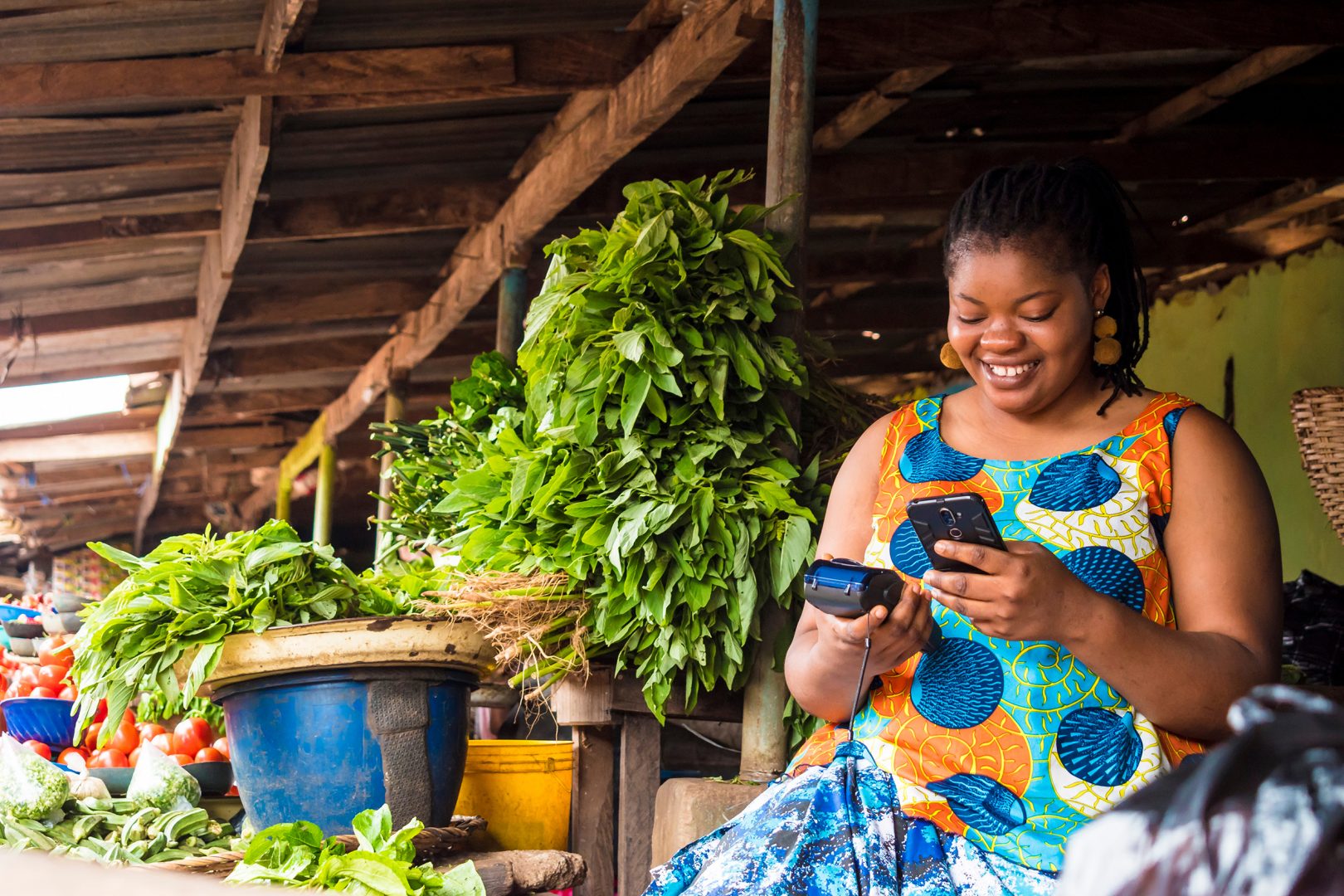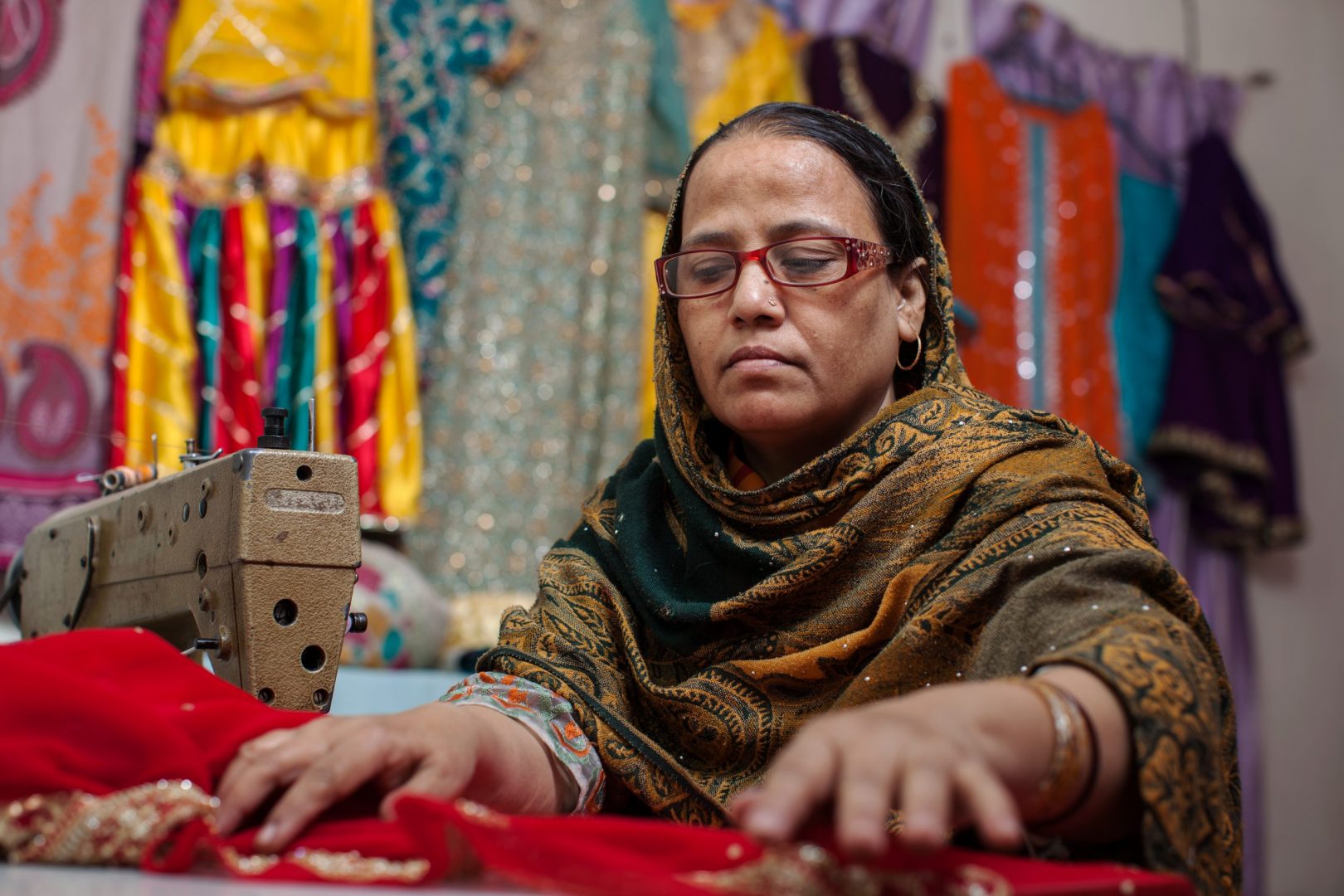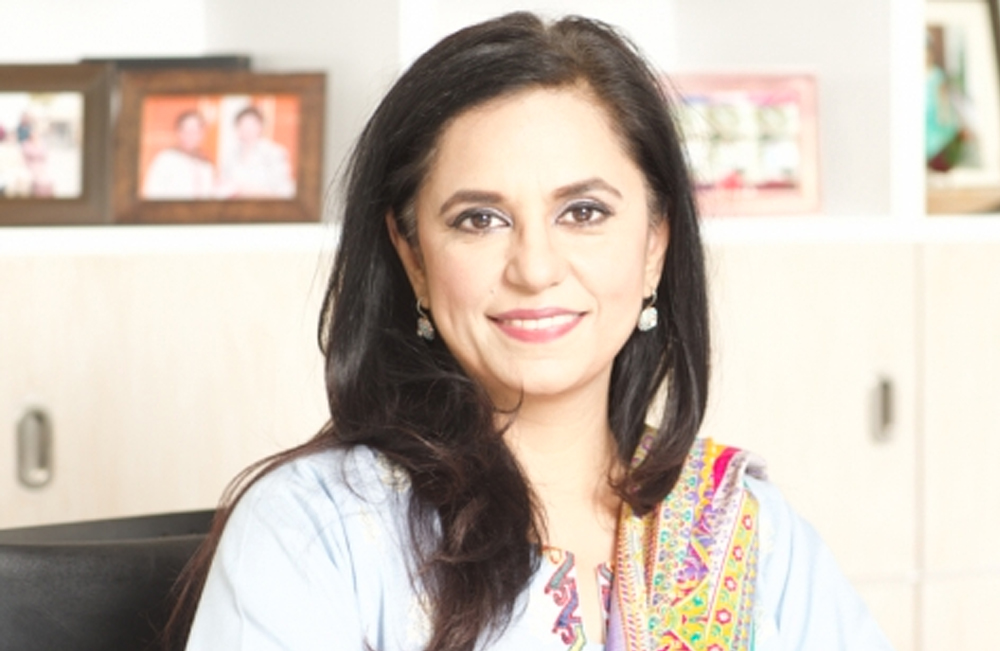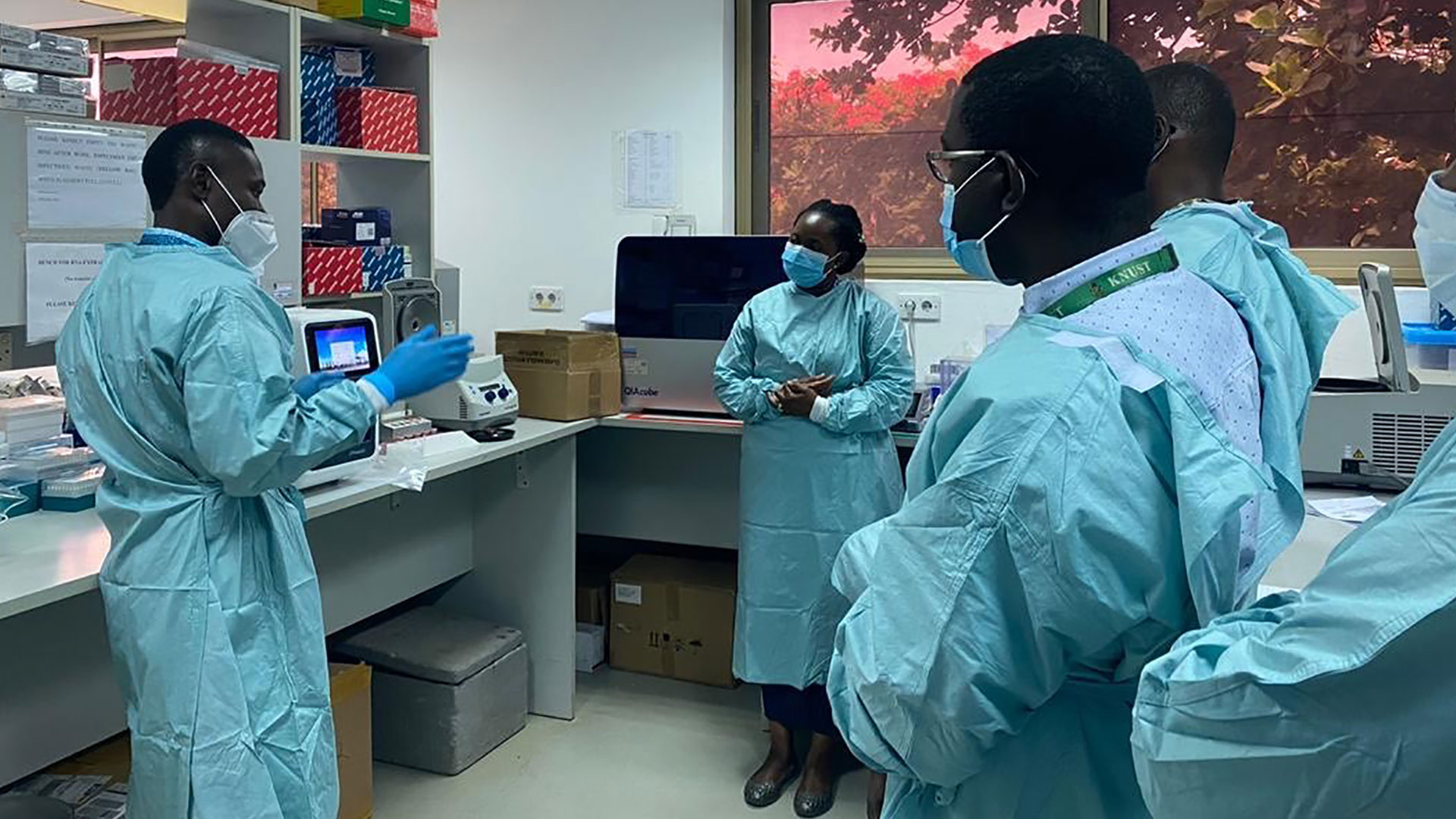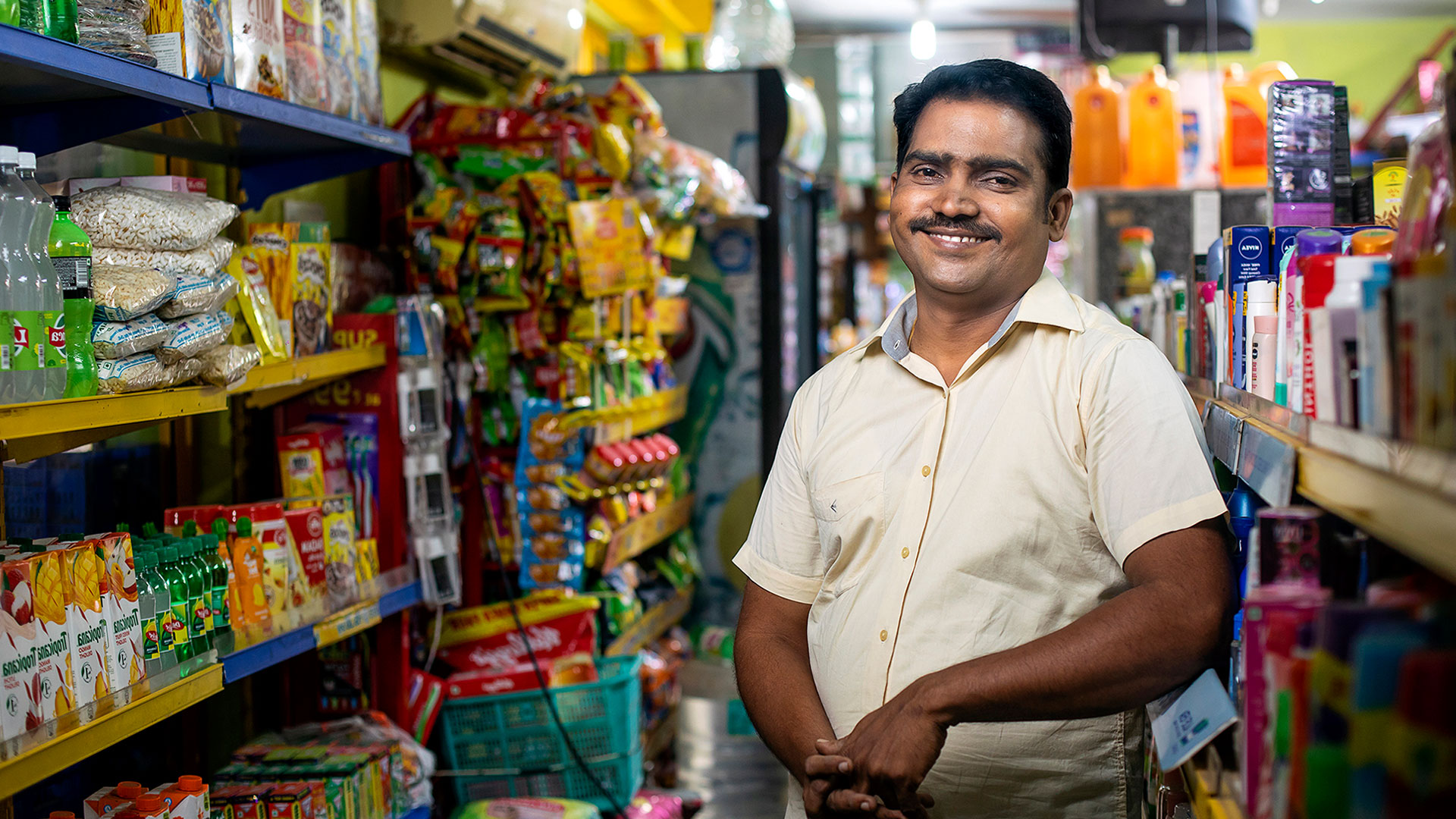Why we need to equalise access to finance with Hany Assaad and Roshaneh Zafar
When Hany Assaad, Founding Partner of Avanz Capital, first joined the IFC he faced an uphill challenge convincing the investment teams to hire more women.
“I think the organization overcame that over the years,” said Hany speaking at a British International Investment (BII) Insight event in February.
“They realized that women were really outperforming, and so it was not a matter of it being a nice thing to do. It was actually about seeing a difference in performance.”
Throughout his time at IFC Hany made a conscious effort to encourage the hiring and promotion of women, realising that teams with a gender balance performed better than homogenous ones.
However, the key he says, is not just highlighting the roles of women in business but making gender parity a business imperative and an integral part of what a company does, “as opposed to saying let’s do one impact fund that just targets women,” he adds.
Hany is now heavily involved in 2X Ignite, a facility established to build the market for female-led funds and companies, as well as businesses that serve the needs of women and target women as customers.
“It is particularly designed to address the perceived risks, how do you bring down the perception that if you’re investing in women and women-led companies that they are riskier,” he says. “It is not reality, there are so many studies that say otherwise. But that is the perception.”
Lynsay Taffe, BII’s Director of Communications and chair of the event, says she hears the same from colleagues working in corporate debt investment, that women repay debt more reliably than their male counterparts.
Like Hany, Roshaneh Zafar, Managing Director of Kashf Foundation a microfinance organisation and BII investee, became aware of the limited economic opportunities for women early on in her career.
“When I was a student looking at development economics one of the things that struck me was the fact that women didn’t have access to resources, and that as a result they didn’t have access to opportunities.”
You can watch a recording of the event here
After working at the World Bank Roshaneh returned to Pakistan with the vision to set-up a microfinance institution to meet the needs of women. Although she initially felt offering training and then financing to women was the right way to go, she quickly realised it was more effective to reverse the order; first offering loans and then training, plus building networks to provide opportunities.
“We focused on designing the lending program that was around the notion of ‘solidarity lending’ because women tend to work better in groups,” she says. “When women take out loans or they invest in businesses they would prefer to be in a cooperative.”
However, after a while it was clear that in some cases the group model was holding the businesses back and now the foundation works with individual entrepreneurs, adding specific sector training and insurance products designed to meet the needs of women. Roshaneh is now developing pensions products for women after realising a gap in the market.
In general, she says, a lot of times microfinance practitioners tend to be paternalistic and the concepts are developed by men for women.
“And even sometimes we as women leaders tend to have the same thinking processes and we tend to think we know better than the women, we adopt a cookie-cutter approach because scale matters to us, but it’s very important to take stock, to listen to the entrepreneurs and mark their journeys, listen to their narratives.”
This approach, she says, is at the heart of Kashf, and while the organisation cannot tailor products to meet the exact needs of every female entrepreneur, it strives to provide viable options and plans for borrowers.
“We assume women businesses are more risky, but let me tell you post COVID we had the best portfolio because women paid us back, despite the challenges they faced so it’s more about perception rather than evidence as Hany said,” says Roshaneh.
From an investor perspective Hany says he thinks about inclusive investment in women in two ways. First, investment teams must include women because of the productivity benefit.
Secondly, women are thought to account for 70 per cent of purchases. If investment portfolios do not include women-led businesses, then you are missing an opportunity to back the people who know consumers best.
Yet, Lynsay counters, gender-lens investing is still viewed as a niche. What, she asks Hany and Roshaneh, can be done to make it mainstream? First, Hany says, the people working at investor level need to be more diverse- we need to include women as financial decision makers. Second, the fund managers also need to be changed for better gender parity.
“I tell the investors, ask the question ‘why are there no women in your fund management team?’ If you get all investors to start asking those questions that is going to be a major change in how we do business, because there has to be an answer.”
For Roshaneh, the answer is in the results of investing in women which speak for themselves. Despite women’s businesses being more affected by COVID as they were more likely to be impacted by lockdowns such as beauty salons and schools, they performed better. But she adds, more needs to be done to document the impact investing in women and women’s participation in businesses has on results.
What’s more, Hany adds, more needs to be done to recognise that women present themselves differently to men and adapt hiring practices and investing practices to reflect this.
“Women are a lot more careful,” he says. “I get CVs and you know the men are overselling themselves and the women are underselling themselves, so you have to adjust for that and say let’s look at the fundamentals. Women have a lot to contribute so it’s how you show that and sell that, that becomes important.”
Roshaneh thinks one approach could be ‘incubators’ “where you could incubate those businesses, help women write the right business plan and coach them to be able to present their case better.”
In addition, she says, Kash Foundation uses a gender lens every time they design a product. “There is an obvious businesses case and invest ability to doing it that way.”
Ending the discussion Roshaneh called on impact investors and development finance institutions, such as BII, to do two things. First, to invest in more innovation from a gender lens perspective to develop more products that cater to the needs of female entrepreneurs.
And secondly “change the way we assess women-led businesses. It’s not just about goals and key performance indicators, it’s also about the social and transformational impact these businesses will have… it’s a question of correcting the imbalance and it’s a question of utilising the opportunity that women represent.”
